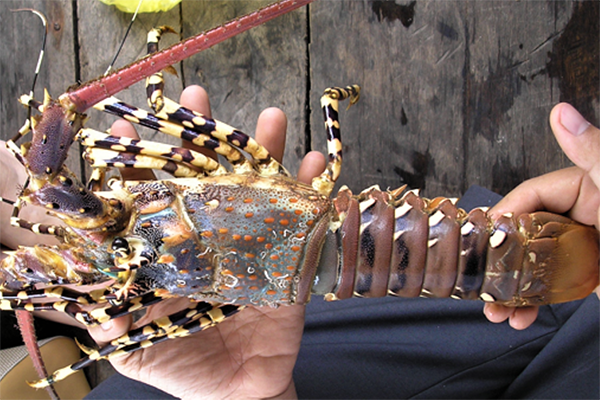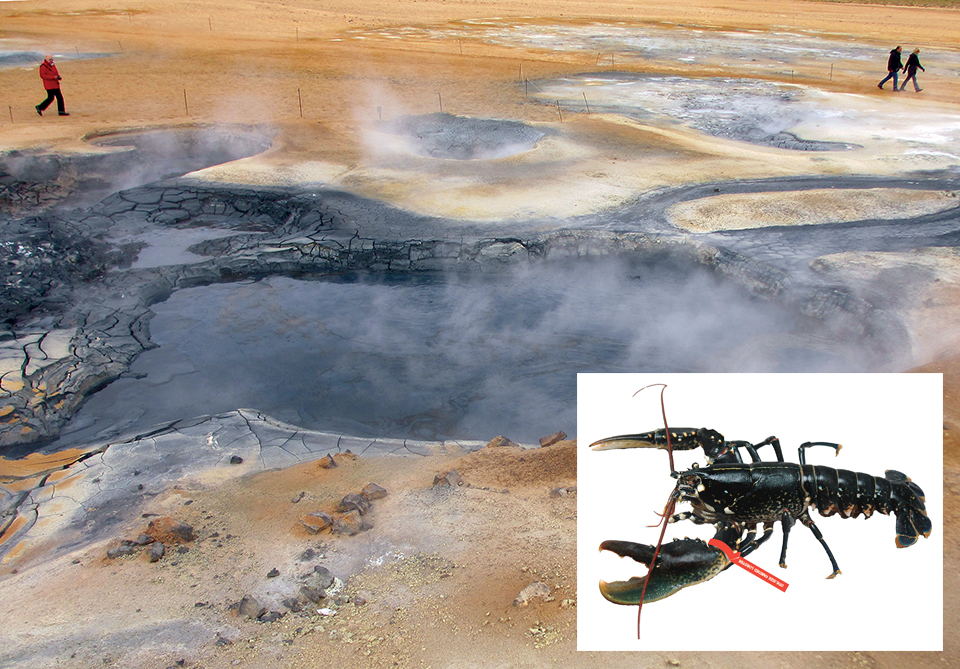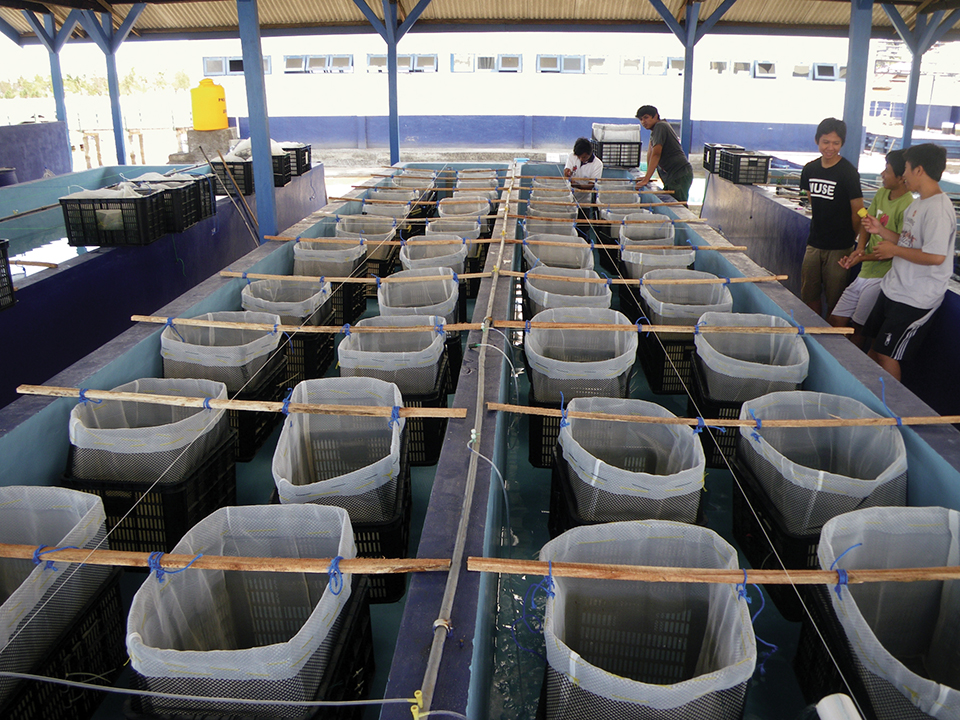If successful, the new larval vessel could have ‘worldwide applications’ for larval survival of lobsters and other crustaceans

Marine-i is working with the National Lobster Hatchery to develop a new type of larval rearing vessel, which will be used to improve lobster survival in the hatchery. Ultimately, the initiative will help support lobster stocks.
Partially funded by the European Regional Development Fund, Marine-i is a UK-based program to help the marine technology sector in Cornwall and the Isles of Scilly grow through “harnessing the full potential of research and innovation.”
The National Lobster Hatchery is a marine conservation, research and education charity based in Padstow, UK. Their work is dedicated to one commercial species, the European Lobster, with a “vital” focus on the larval stage of the lobster lifecycle.
“We currently use modified conical vessels to keep the larvae in suspension,” said Dr. Carly Daniels of the National Lobster Hatchery. “Now, based on our own preliminary work, we believe that it may be possible to create an enhanced larval vessel with conditions that enable greater survival rates.”
In the wild, the survival rate at the larval stage is very low. The National Lobster Hatchery seeks to improve survival at an early, vulnerable stage of the lobster’s life and release them back into the wild at an age where they are less vulnerable and more able to fend for themselves.
In the region, a female lobster can carry 20,000 eggs under its abdomen. However, only one of these is expected to survive in the wild. With skillful and careful application of modern technology, it’s estimated that the National Lobster Hatchery can improve this survival rate by about 1,000 times.
“If the new larval vessel is proven to achieve higher survival rates than the vessels we currently use, then we will look to move to large scale production of the new vessels for future use,” said Daniels. “This would be a very exciting outcome. The National Lobster Hatchery is one of the only very few organizations worldwide which is investigating how innovative improvements can be made in this area.”
Marine-i is working with the National Lobster Hatchery to develop a prototype for testing. The National Lobster Hatchery will test the prototype in the hatchery from the start of the new larval season in May 2022, with the help of Marine-i partner, the University of Exeter.
“We are carrying out exhaustive research into the best materials to deliver the ultimate aim of improved lobster larval survival,” said Ruadan Geraghty from the University of Plymouth, a Marine-i partner. “We are aiming for materials to be sustainable and recyclable, as well as sufficiently robust to withstand the rigors of the marine environment.”
Professor Lars Johanning, Programme Director for Marine-i, said that the initiative could help meet the challenge of global food security for future generations, as well as strengthen the local economy.
“If successful, the new larval vessel is likely to have worldwide applications, not only for use by other lobster hatcheries but also for larval survival of similar crustacean species such as crabs and other lobster species,” said Johanning.
Follow the Advocate on Twitter @GSA_Advocate
Now that you've reached the end of the article ...
… please consider supporting GSA’s mission to advance responsible seafood practices through education, advocacy and third-party assurances. The Advocate aims to document the evolution of responsible seafood practices and share the expansive knowledge of our vast network of contributors.
By becoming a Global Seafood Alliance member, you’re ensuring that all of the pre-competitive work we do through member benefits, resources and events can continue. Individual membership costs just $50 a year.
Not a GSA member? Join us.
Author
Related Posts

Aquafeeds
Practical diet formulation and adoption in tropical spiny lobster aquaculture
Tropical spiny lobster aquaculture development in Vietnam, Indonesia and Australia is motivating efforts to develop commercial feeds.

Innovation & Investment
Pilot lobster production facility in Iceland used geothermal groundwater
Following earlier work in southwestern Norway that achieved semi-commercial production of European lobsters, a project has received grant support to develop commercialized land-based recirculating aquaculture of lobsters utilizing geothermal water sources in Iceland.

Health & Welfare
Lobster farming in Indonesia
A multinational project in Lombok, Indonesia, is focused on the identification and monitoring of improved seed collection and grow-out production methods for spiny lobsters.

Innovation & Investment
Aquaculture Exchange: Bill Herzig
The Global Aquaculture Alliance will honor seafood procurement expert Bill Herzig with a Lifetime Achievement Award during its annual GOAL conference. He talked to the Advocate about top-to-bottom commitment to sustainability and the ambitious lobster aquaculture project he spearheaded in Malaysia with Darden Restaurants.



